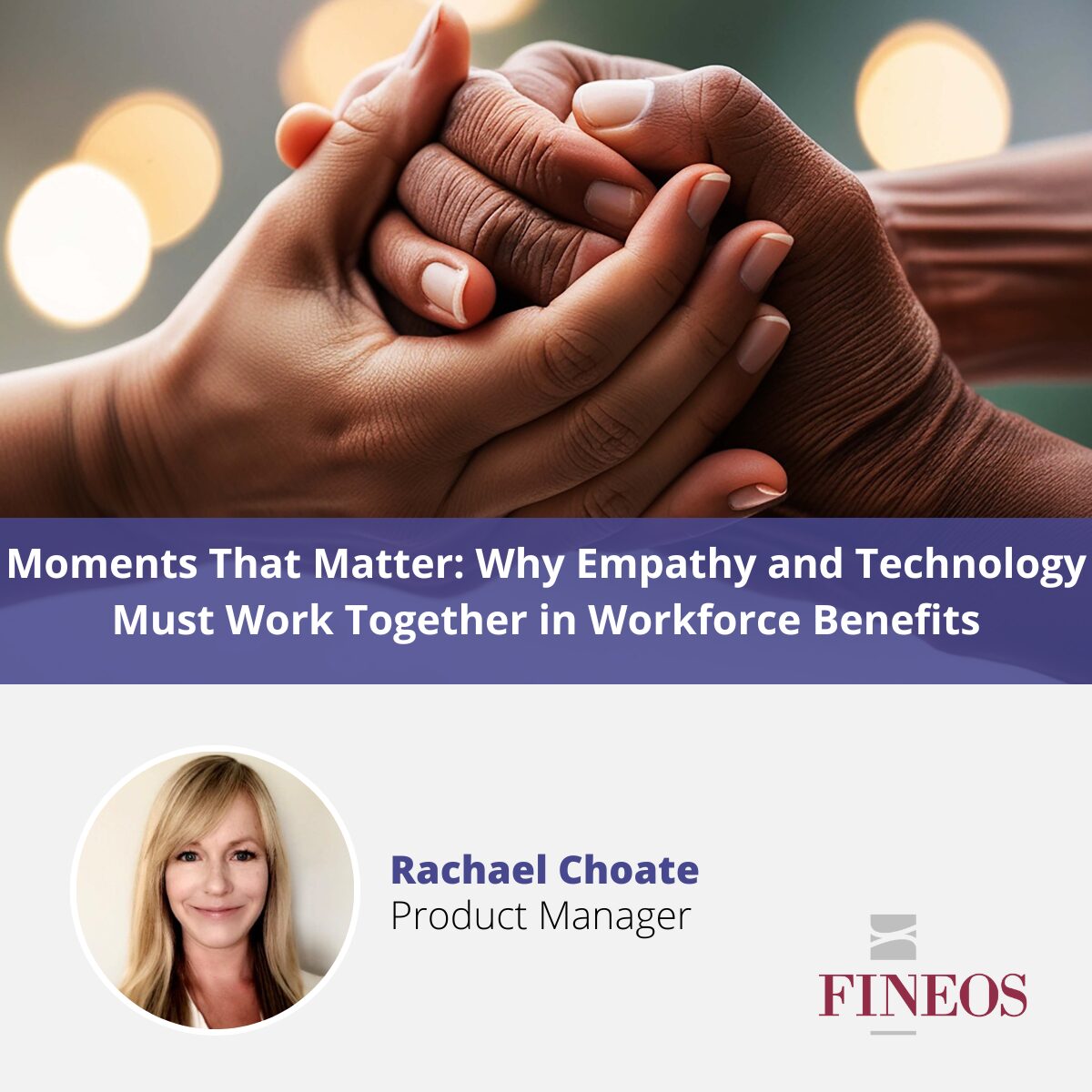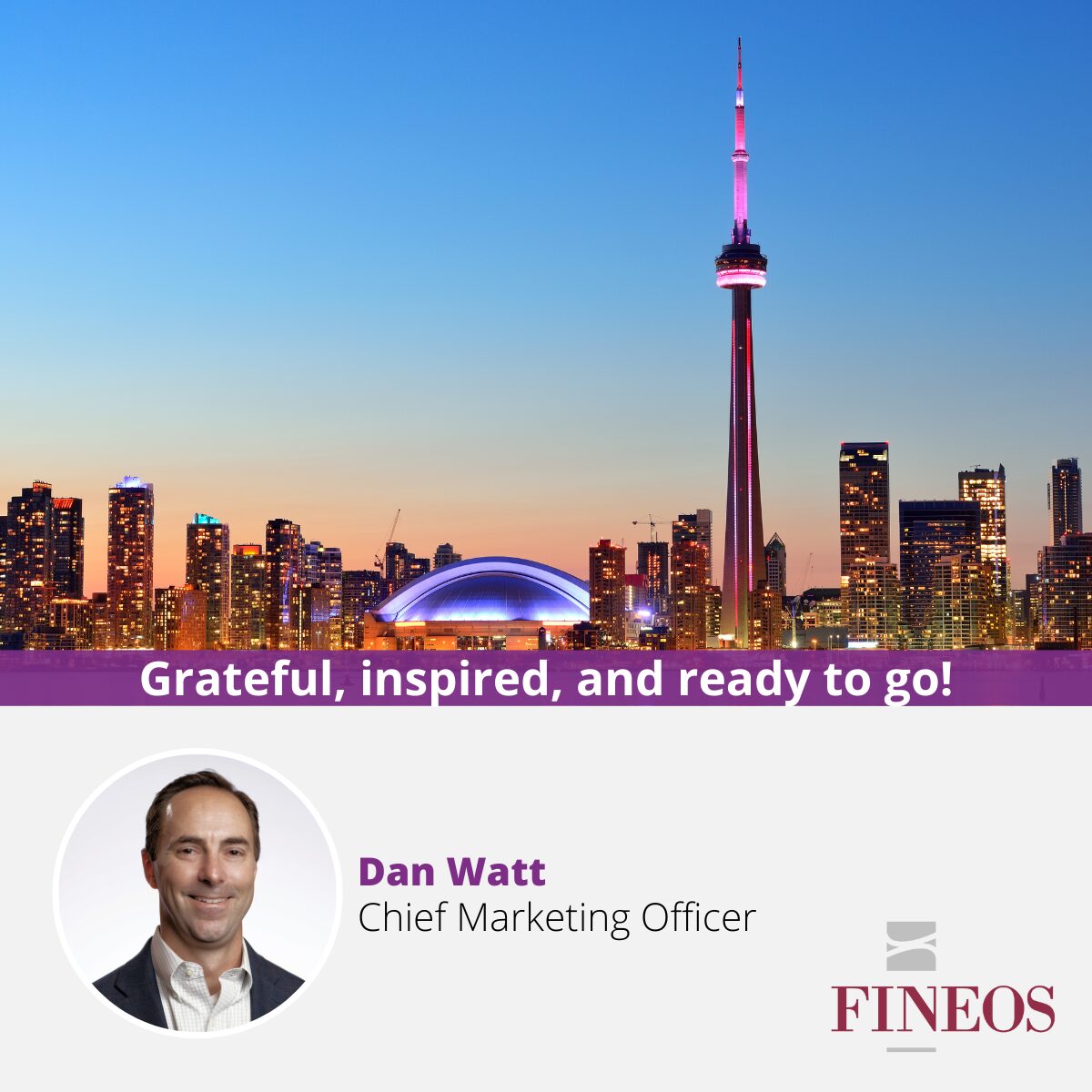When leave is designed around life – not just legislation – people stay, thrive, and return to work stronger. The data backs this up, and leading U.S. employers are proving what’s possible. The challenge for most organizations isn’t why to evolve leave programs, but how to coordinate complex regulations, multiple benefit types, and real human needs into one seamless experience.
That’s where both empathetic program design and modern technology platforms come in.
Why a people-first leave strategy pays off
- Lost productivity is expensive. Illness-related absence, disability, and presenteeism cost U.S. employers hundreds of billions annually.
- Accommodations can be low-cost, high-impact. Nearly half of workplace accommodations cost nothing, and when there is a cost, the median is just $300.
- Caregiving is a workforce reality. 61% of family caregivers in the U.S. also hold a job, and flexible scheduling is among the most valued supports—used by 80% of those who have access.
- Paid leave influences retention. In 2024, 40% of U.S. employers offered paid parental leave—up significantly from a decade ago.
- Regulations are expanding, with no signs of slowing down.
FINEOS helps employers and insurers navigate this growing patchwork automatically, ensuring employees get the benefits they’re entitled to without HR having to become policy experts.
What leading employers are doing
1) Menopause benefits: a new frontier in inclusion
- Adoption is rising but still rare. Around 5–17% of employers offer menopause support, with only ~2% offering specific menopause leave.
- Real employers are normalizing it. Some U.S. employers—like Microsoft and Adobe—have introduced symptom navigation, access to specialists, and manager training.
- Design moves you can copy:
- Provide confidential education and nurse-line access.
- Offer work environment tweaks (temperature control, uniform adjustments)
Using FINEOS, HR teams can add and track life-stage leave types—such as menopause or menstrual health—right alongside FMLA, disability, or parental leave, reducing stigma and ensuring consistency.
2) Caregiver support: flexibility and scaffolding
- The need. Most caregivers are employed, and flexible scheduling is both widely used and highly effective when available.
- Policy landscape. States with PFML programs now provide explicit caregiver leave rights, but access and wage replacement vary.
- Design moves you can copy:
- Pair paid caregiver leave with backup care.
- Provide a single point of intake that automatically checks federal FMLA, state PFML, company caregiver leave, and STD eligibility.
FINEOS can unify federal FMLA, state PFML, company caregiver leaves, and short-term disability into a single eligibility check, giving caregivers a clear path without administrative burden.
3) Mental health accommodations: moving beyond stigma
- Utilize existing levers. Many STD plans cover mental-health conditions and leave, or schedule adjustments, are often reasonable accommodations under the ADA.
- Cost reality check. Most accommodations are inexpensive, but stigma still prevents many employees from asking.
- Design moves you can copy:
- Normalize mental health leave
- Provide manager toolkits and a defined interactive process for ADA requests (including those for mental health)
By automating leave intake and linking it with disability and ADA workflows, FINEOS helps normalize mental health leaves, ensuring employees feel supported rather than singled out.
The Leave Journey Map (from awareness to thriving return)
- Awareness: onboarding, portals, manager training.
- Eligibility & Options: employees see FMLA, state PFML, STD, ADA, and company leaves in one view.
- Decision: plain-language letters; omni channel notifications
- Stay Connected: reminders about benefits, EAP and other support programs.
- Return-to-Work: phased return, accommodations, ongoing support.
- Sustain: retention checks and program feedback loops.
For employers navigating a complex patchwork of FMLA, ADA, state PFML, and company policies, the opportunity is to design leave that’s inclusive, stigma-free, and human-centered—without drowning HR in manual processes.
Compliance sets the floor; the human experience sets the ceiling.


